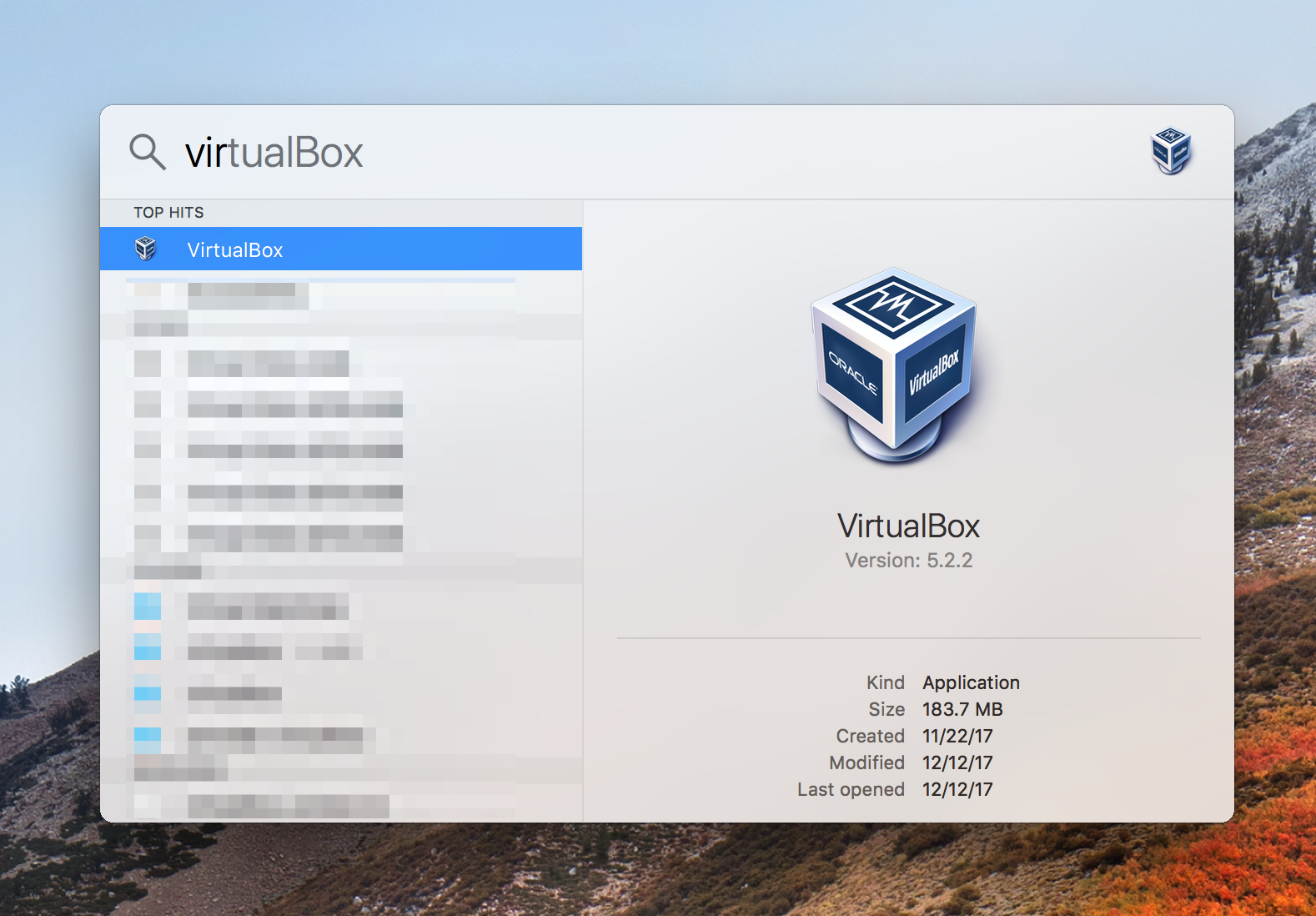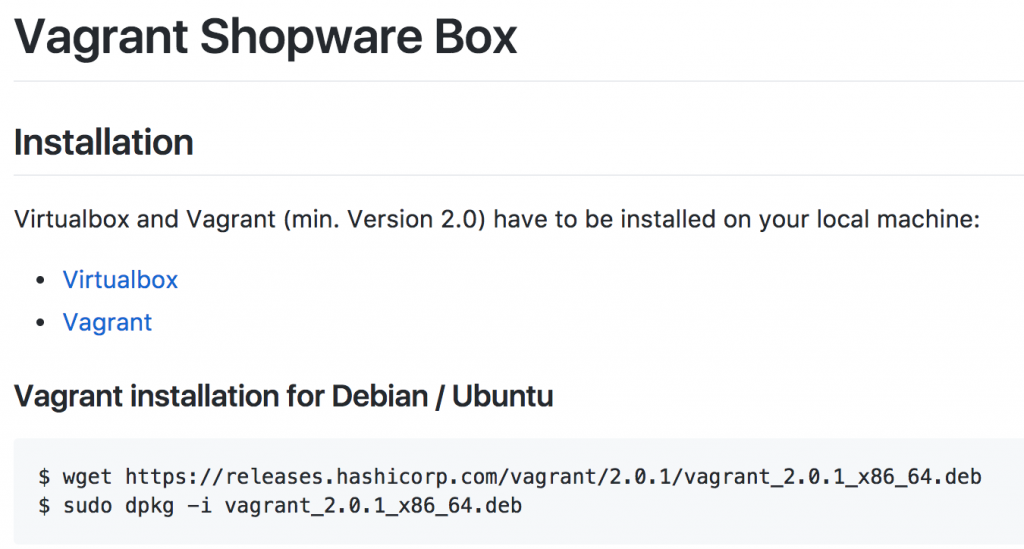
- #INSTALL VAGRANT FOR MAC HOW TO#
- #INSTALL VAGRANT FOR MAC INSTALL#
- #INSTALL VAGRANT FOR MAC PORTABLE#
- #INSTALL VAGRANT FOR MAC DOWNLOAD#
#INSTALL VAGRANT FOR MAC INSTALL#
You now have a brand new Wordpress install available:Ĭheck the Vagrantpress documentation for more.
#INSTALL VAGRANT FOR MAC DOWNLOAD#
For this example we’re going with Vagrantpress which is a Ubuntu preconfigured for Wordpress development.ģ) git clone 4) cd vagrantpress 5) vagrant up (this will download 500mb the first time) Configuring a box for Wordpress development with Vagrantpress Configuring a box for Wordpress development with VVV Getting started with Vagrantġ) Install Vagrant 2) Install VirtualBox Configuring a box for Drupal development

This box can easily be shared with your coworkers and it doesn’t pollute your computer with scripts and installs everywhere. For instance, you no longer have to fiddle around with MAMP or LAMP or whatever when you’re doing local PHP development.
#INSTALL VAGRANT FOR MAC PORTABLE#
Vagrant together with VirtualBox allows you to create portable virtual machines development.

These instructions are derived from work done in an issue over at the vagrant-libvirt repository, especially a comment made by ccosby.Local Wordpress development with OS X and Vagrant
#INSTALL VAGRANT FOR MAC HOW TO#
Here is an example on how to start a Fedora 31 VM on a remote libvirt host: nfigure("2") do |config| That should do it! Now you should be able to start a virtual machine on a libvirt host using Vagrant. Note that these paths may change in future versions of Vagrant or ruby, or changes to the brew packages

GEM_PATH is a variable determining where to look for ruby gems, we’re adding our variable $GEM_HOME to it.GEM_HOME declares ~/.vagrant.d/gems/2.4.6 (note you need to replace the ruby version here with the one you found in the earlier step) as a variable to be included in GEM_PATH.CONFIGURE_ARGS passes various flags to the configuration stage of the vagrant-libvirt build, telling it to use the libraries installed with Vagrant and to also use the headers and libraries installed with libvirt.GEM_PATH=$GEM_HOME:/opt/vagrant/embedded/gems \ Next, we’ll need to make note of what version of ruby our Vagrant installation is using (in this case, 2.4.6): $ /opt/vagrant/embedded/bin/ruby -versionįinally, run this command to install vagrant-libvirt, then we’ll walk through what each line does: $ CONFIGURE_ARGS='with-ldflags=-L/opt/vagrant/embedded/lib with-libvirt-include=/usr/local/include/libvirt with-libvirt-lib=/usr/local/lib' \

It should be straight forward, but due to an upstream bug with ruby-libvirt, you’ll have to jump through some hoops to get it to work.įirst, install some required packages using brew: $ brew install libiconv gcc libvirt This tutorial assumes you have a working installation of macOS Mojave (preferably) running on a Mac with Vagrant installed ( brew cask install vagrant), and that you have a remote Linux machine with libvirt installed. Libvirt is a “toolkit to manage virtualization platforms”, and supports a variety of virtualization backends, including, but not limited to, KVM, QEMU, Xen, VMWare and LXC. Vagrant runs most platforms, including MacBook Pros and the Raspberry Pi. Vagrant can be used to build and manage virtual machines and is useful for development. vagrant-libvirt is a plugin for Vagrant that allows you to interact with libvirt virtualization hosts, local or remote. In this tutorial we’ll install vagrant-libvirt on a Mac running macOS (tested on High Sierra and Mojave).


 0 kommentar(er)
0 kommentar(er)
